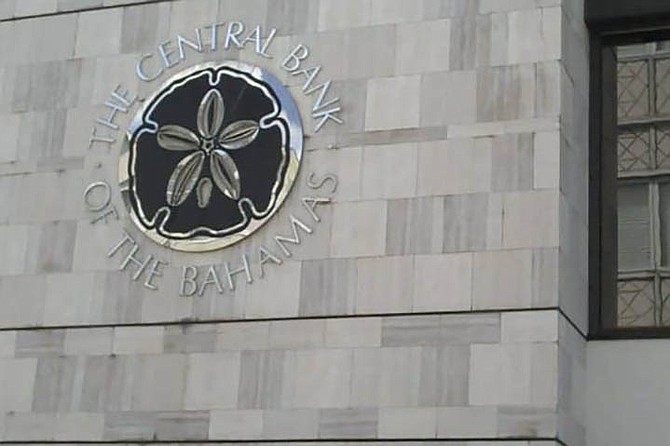By NEIL HARTNELL
Tribune Business Editor
nhartnell@tribunemedia.net
Small Bahamian credit unions will be forced to merge and consolidate as a result of intensified regulation, the Central Bank is predicting.
The regulator, in its just-released 2018 Financial Stability Report, said it was increasing oversight of the second-largest deposit-taking sector in The Bahamas behind the commercial banks because there was "scope for further strengthening" their ability to withstand shocks.
Noting that credit unions' "prudential buffers remained below that of banks", the report said: "Accordingly, the Central Bank decided to increase its target for the financial performance of credit unions, with heightened risk-based oversight.
"In a number of instances, institutions will require greater economies of scale in their operations to satisfy financial and governance standards that are becoming more demanding at the domestic and international levels.
"Strategically, this will require some consolidation and mergers of smaller entities with other cooperatives. An important safety net for the sector is the proposed near to medium-term enrollment of credit unions in the Deposit Insurance Fund."
The Central Bank said total assets controlled by Bahamian credit unions increased by 7.3 percent or $30.6m last year to end 2018 at $450.9m. This followed a 5.9 percent expansion in 2017, and the report said: "This development was led by an expansion in the league's deposits, by 10.4 percent to $85.4m, exceeding the 7.4 percent gain in 2017.
"Similarly, loans to members - which represented 51.9 percent of total assets - rose by 1.5 percent ($3.4m) to $234.2m, higher than the 1.3 percent growth recorded a year earlier. A breakdown of the loan portfolio, showed that the majority of credit was extended for small-scale consumer purchases (75.9 percent), followed by mortgages/land (21.7 percent), revolving lines of credit (1.4 percent), SME development (0.8 percent) and education (0.1 percent)."
Total credit union deposits grew by 6.6 percent or $24m to $386.2m, while total capital and surplus resources to cover unexpected losses rose by 9.4 percent or $1.7m to $19.2m at year-end 2018 following the prior year's contraction.
Elsewhere, the Central Bank reiterated the need for Bahamian commercial banks to gradually reduce their levels of surplus capital over the medium-term to ensure they were not tempted to seek greater returns by riskier lending.
The sector's ratio of average capital to risk weighted assets rose by a further 70 basis points during 2018 to close the year at 33.2 percent, well above the Central Bank's 17 percent target and international benchmarks of just 8 percent.
The regulator added that there were sufficient foreign currency inflows to accommodate dividend payouts by Canadian-owned banks to their parents as one means of reducing the industry's surplus capital levels.
"Given the asset quality and suppressed returns environment for credit, a prudent posture for the industry would be to reduce surplus capital resources over the medium-term to avert pressures to improve the profitability indicators through riskier credit activities," the Central Bank said.
"A majority of this reduction would represent outflows via the Canadian banks, which over the medium-term should be accommodated from elevated levels of foreign exchange inflows from real sector activities without adversely affecting the foreign reserves' indicators."
John Rolle, the Central Bank's governor, expressed similar sentiments in his recent briefing on the economy's 2019 first half performance, saying: "We note that there are no pressing risks to financial stability, but there are vulnerabilities that need to be tackled.
"One is the Central Bank's assessment that it is in the Bahamas' interest to manage a gradual reduction in surplus capital from within the banking system. Capital levels are comfortably in excess of our minimum requirements and more than adequate to absorb extreme, surprise loses that the average bank might encounter from severe shocks.
"Continuing to tolerate such excesses, in the Central Bank's view, would only increase the medium-term likelihood that lending institutions would take on riskier activities to generate comfortable returns on these surpluses. Unwinding would involve a multi-year outflow of dividends by foreign banks that must be factored into our projections for healthy external reserves balances."





Comments
Use the comment form below to begin a discussion about this content.
Sign in to comment
Or login with:
OpenID